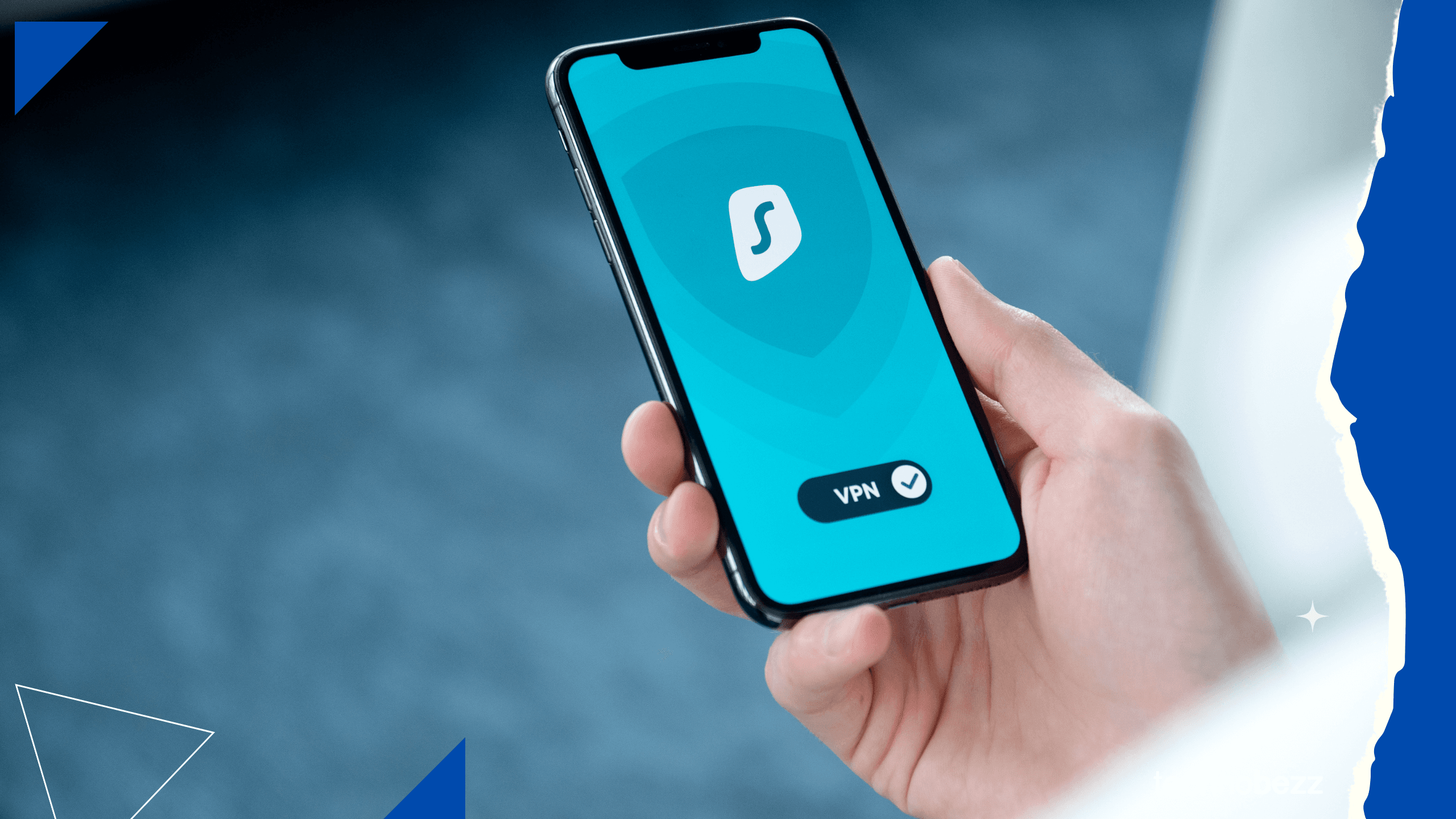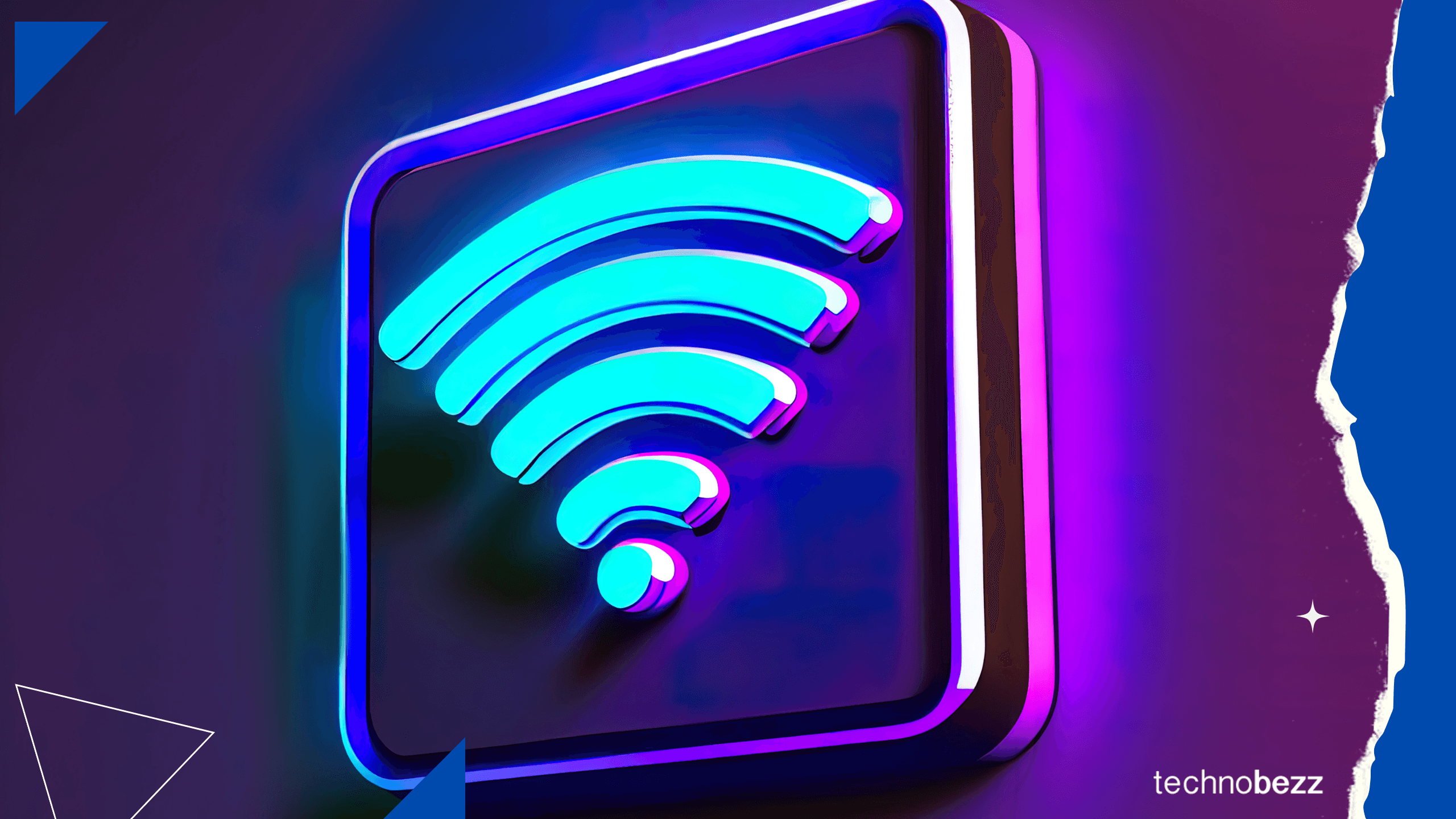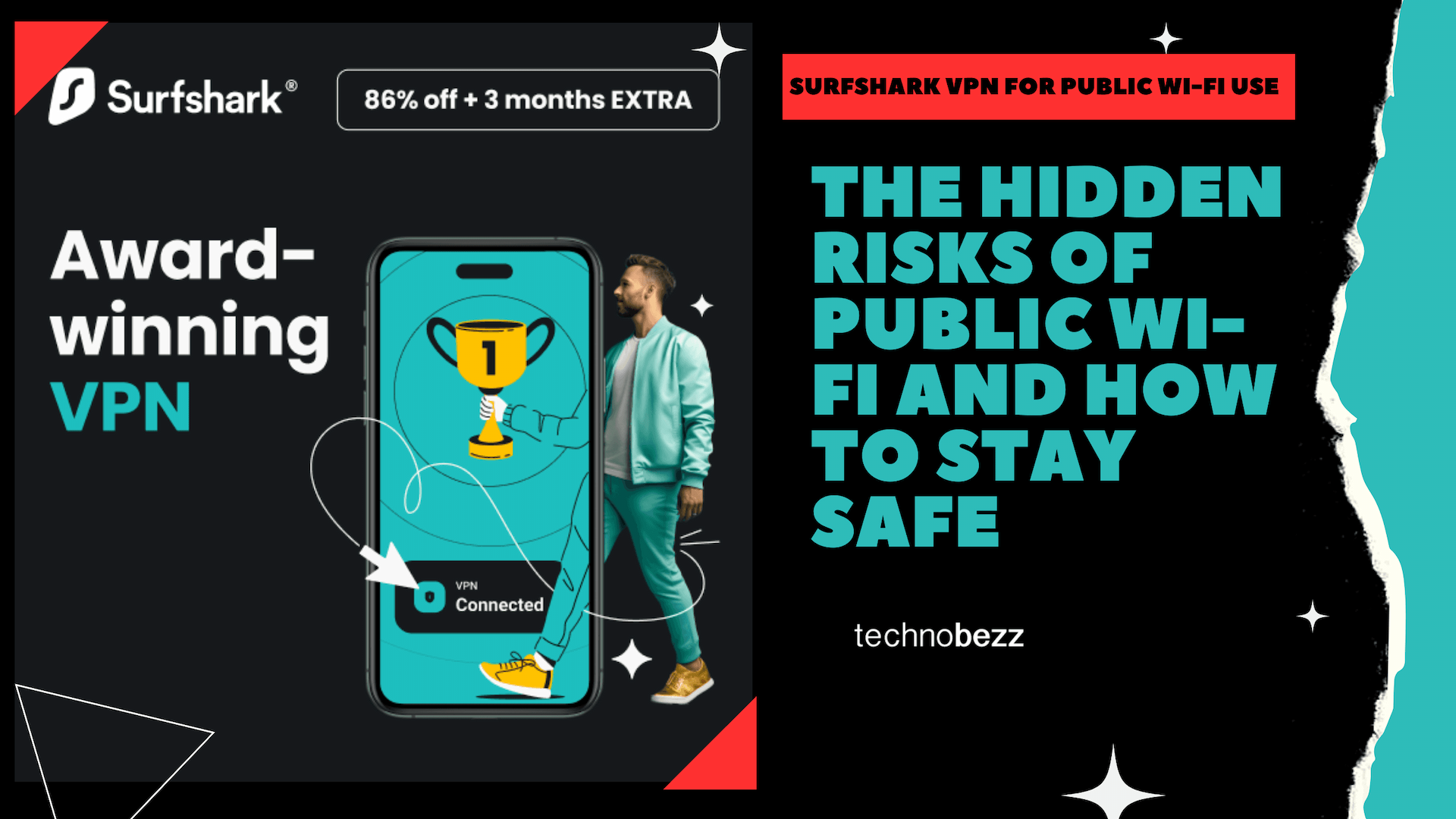This article was brought to you in partnership with Surfshark. Technobezz collaborates closely with advertisers to showcase their products and services to our readers.
In today's highly connected world, public Wi-Fi is about as common as coffee shops on city corners. Whether it's catching up on e-mails over a latte at the café, streaming a video while waiting for a flight, or that virtual meeting in the lobby of your hotel, free Wi-Fi hotspots have woven their way into our lives. Useful, free, and convenient, these networks keep us on the move without straining our wallets.
See also - 17 Things Someone Can Do with Just Your Phone Number
According to recent data from WiFi Map, the global landscape of free Wi-Fi is vast and varied. The continent of North America holds more than 1.4 million free Wi-Fi spots; Europe is again performing well, with 3.1 million hotspots, and Asia Pacific boasts the most significant number at 4.2 million free hotspots. Even regions such as Africa and the Middle East are witnessing a boom in Wi-Fi infrastructure at the rate of 1.5 million and 2.8 million spots, respectively. These statistics give a bird's eye view of a world that is increasingly staying connected.
But there is always a price to be paid for that convenience and satisfaction, which never pops up on the menu or flashes across an airport screen. In fact, every time you connect to public Wi-Fi, you run the risk of your personal data falling prey to a wide gamut of cybersecurity perils-from identity theft to financial fraud, the range of risks is as real as it can be serious. But do not read between the lines; this is not a story of gloom and doomsday. It is a wake-up call; you need to arm yourself with knowledge and digital tools that can help you navigate this space more safely.
In this article, we will look into the hidden dangers of public Wi-Fi. We'll talk about why that "Free Wi-Fi" sign may be more expensive than it seems and how an easily available tool-a Virtual Private Network-becomes your digital shield in public. We'll begin by showing a few slides on how Surfshark VPN features decrease the perils in using public or generic Wi-Fi.

Public Wi-Fi Stats
The rise of free Wi-Fi hotspots around the world is simply incredible. Based on the WiFi Map, here is how things are distributed globally:
- North America: 1,477,776 free Wi-Fi spots
- Europe: 3,112,795 free Wi-Fi spots
- South America: 1,583,379 free Wi-Fi spots
- Asia Pacific: 4,208,771 free Wi-Fi spots
- Middle East: 2,809,909 free Wi-Fi spots
- Africa: 1,536,915 free Wi-Fi spots
These numbers paint an increasingly connected world where staying online is rapidly changing from luxury to necessity. The dynamics within Wi-Fi availability ensure that new hotspots are established, while others are at times removed or converted to private access points.
Countries Leading the Charge
- 1.South Korea: This country boasts an impressive 94,547 free Wi-Fi spots nationwide, with 23,297 in Seoul alone. Perhaps most telling is that over half the population—52 percent—regularly uses public Wi-Fi, connecting to these networks multiple times.
- 2.Japan: The "Japan Connected-free Wi-Fi" project offers the country widespread, high-speed public Wi-Fi. This network, not only helps online transactions, but also plays a very significant role in emergency communications.
- 3.United States: Public Wi-Fi is already ubiquitous in most US cities, available in cafes, airports, and public spaces. As remote work becomes more common, many cities are beginning to treat public Wi-Fi as an essential service, akin to public transportation, rather than just a nice perk.
- 4.European Pioneers: Countries like Estonia and France set good examples of public Wi-Fi implementation. For Estonia, currently in the midst of an e-government transformation, public Wi-Fi fits seamlessly into its digital fabric. France, on the other hand, aims to enhance tourist experiences by ensuring Wi-Fi availability at major attractions and sites.
The Risks of Public Wi-Fi
While public Wi-Fi networks offer convenience and connectivity, they also present a wide range of opportunities for cybercriminals. The very features that make these networks so accessible - such as their openness and lack of authentication - are what ultimately make them risky.

1. Man-in-the-Middle Attacks
Imagine talking to your friend, while someone stands between you both and intercepts your messages without your knowledge, changing them if needed. This just about explains what a Man-in-the-Middle attack does in the cyber world.
With public Wi-Fi, hackers can place themselves between you and the connection point. Instead of communicating directly with the hotspot, you're unknowingly relaying all of your information through the hacker, who can then intercept any data you send, including sensitive information like passwords, credit card numbers, and private emails.
2Unencrypted Networks
Most public Wi-Fi networks don't have encryption—this implies that data moving across them is not scrambled or safeguarded. It is like sending a postcard rather than a sealed letter—any person intercepting it can read its contents.
On an unencrypted network, skilled hackers might see what you are sending across the network. This could include login credentials, personal messages, or any other data you are transmitting.
3Distribution of Malware
Public Wi-Fi networks are ideal breeding grounds for malware. Some cyber adversaries' malicious software can be injected into these networks, and your device might be infected by connecting to it. Infection by malware may have dire consequences: data can be stolen, your device can be damaged, or even be harvested into a botnet.
4Rogue Hotspots
Not all Wi-Fi networks are as they seem. It is very simple for hackers to enable their own personal Wi-Fi networks, renaming their WAPs in a very identical manner just to make you connect your device instead of the official one.
For instance, you could come across a network with the name "Free Airport Wi-Fi" and join it, thinking it's officially the airport's. Actually, this is usually a hotspot displaying a name exactly like that to dupe you out of your data.
5Packet Sniffing
Packet sniffing is the process of intercepting and logging data that passes over a digital network. On an unsecured Wi-Fi network, hackers can use readily available software to capture and analyze data packets flowing across the network. This way, they may obtain your login credentials, read your emails, and even track the websites you visit.
6Shoulder Surfing
Not every attack is digital. In public spaces, someone can easily glance over your shoulder to see what you're typing or viewing on your screen. This low-tech approach, known as shoulder surfing, can be surprisingly effective at harvesting passwords and other sensitive information.
7Session Hijacking
Session hijacking often occurs when you log into a website, which generates a session token. On an unsecured network, a hacker can easily intercept this token and use it to gain access to your account, effectively taking over your session.
This could allow them to impersonate you across various websites, potentially gaining access to your email, social media, or even bank accounts.
The Stakes Are High
These are not merely theoretical risks. The 2017 Norton Wi-Fi Risk Report found a deep perception-reality gap: 60% of consumers believed their personal information was safe while using public Wi-Fi, yet 53% could not tell the difference between a secure and an unsecure public Wi-Fi network. The disconnect here underlines the need for knowing these risks and mitigating them.
Being targeted by such an attack has consequences ranging from merely annoying to completely devastating. The outcomes may vary from identity theft to other types of financial fraud. As we become more and more dependent on public Wi-Fi for both business and personal applications, protection will not just be important but necessary.
The Role of VPNs in Public Wi-Fi Safety
What is a VPN?
A VPN (Virtual Private Network) is a secure, encrypted connection between a user's device and a remote server controlled by a VPN service. All internet traffic goes through this virtual tunnel, making it inaccessible to outside parties attempting to intercept the data.

How VPNs Protect Against Common Public Wi-Fi Threats
- 1.Encryption: It literally does what the word infers. VPNs make sure that your data is wrapped in some sort of impenetrable code. Even if hackers were to intercept the data, it would be indecipherable to them.
- 2.IP Masking: VPN masks your original IP address. Therefore, it will be much more difficult for any potential hacker to track your online activities or trace your geographical location.
- 3.Secure Access: Users who connect to a VPN before browsing websites or online services can have an assurance that their entire session is encrypted, in case they connect to a rogue hotspot.
Spotlight on Surfshark VPN
While most VPN services offer a basic level of protection, Surfshark goes the extra mile and offers a suite of features with their focus on your safety using public Wi-Fi. Now, let's review how Surfshark deals with each of the risks we discussed:
CleanWeb
This feature is especially useful when you're using public Wi-Fi. It keeps you safe from harmful ads and prevents redirects to phishing sites. With CleanWeb, these threats are blocked before they can reach your device.
Kill Switch
Kill Switch is used as a means of safety. If ever your VPN connection accidentally drops, Kill Switch instantly cuts your access to the internet on your device. It does this to block all data from transmitting over an insecure connection.
Dynamic MultiHop
For those seeking an extra layer of security, Dynamic MultiHop routes your connection through two different VPN servers. This dual VPN technology makes it even harder for observers to trace your online activity back to you.
NoBorders
In some cases, countries or networks attempt to block VPN usage entirely. Surfshark's NoBorders feature helps you overcome these limitations, ensuring access to a secure connection even within highly restrictive networks.
Alternative ID
This unique feature generates an alternative online identity with a name and email address. You can use this alternative ID to keep your real information private when signing up for services on public Wi-Fi.
Obfuscated Servers
Surfshark's obfuscated servers disguise your VPN traffic to make it appear as normal internet browsing. This becomes useful in places where VPN usage is scrutinized or restricted, helping you maintain safety and privacy.
How Surfshark Addresses Specific Public Wi-Fi Risks
- Man-in-the-middle attacks: Even if someone intercepts your data, it remains fully protected with strong encryption.
- Unencrypted networks: Surfshark creates an encrypted tunnel, protecting your data while connected to any network that may not offer encryption.
- Distribution of malware: CleanWeb blocks both malicious sites and downloads, reducing the chance of malware infection.
- Rogue Hotspots: Your data stays encrypted and safe, even if connected to a fake hotspot.
- Packet Sniffing: Encrypted data packets are useless to sniffers — your information remains secure.
- Session Hijacking: By hiding your IP and encrypting the connection, Surfshark makes hijacking attempts much more difficult to execute.

While no security measure is completely impervious, a VPN like Surfshark significantly reduces the risks associated with using public Wi-Fi. You can enhance your digital safety while still enjoying the convenience of free hotspots.
Conclusion
In this article, we have discussed how public Wi-Fi has become part and parcel of our networked life. Public Wi-Fi allows convenience and connectivity in an increasing mobile world, ranging from the busiest of coffee shops to the busiest of airports; these networks have changed the way we work and remain in contact when out and about. However, convenience comes with the price of responsibility entailed in protecting our digital life from a number of risks emanating out of open networks.
The risks we've discussed—from man-in-the-middle attacks to malware distribution—aren't to be used as fear mongering tactics to keep you away from using public Wi-Fi. These are important reminders as to why your online identity should be safeguarded. And in this technological age, the power is tied to knowledge that in turn has its base from awareness.
Tools like virtual private networks can create a strong barrier against most vulnerabilities associated with the use of public Wi-Fi. Outstanding among these tools is Surfshark VPN, offering an all-round approach to public Wi-Fi security.
